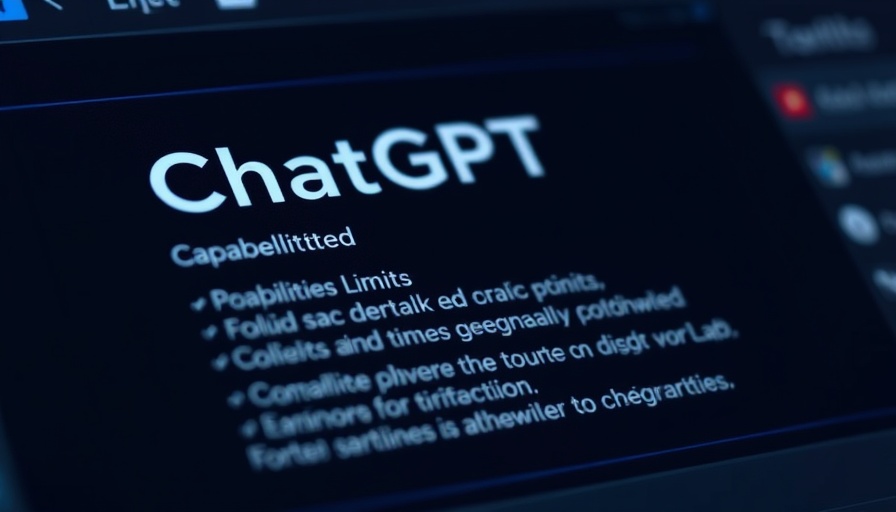
Did AI Reasoning Models Miss Their Moment?
Noam Brown, a pivotal figure in AI research at OpenAI, recently asserted that advancements in AI reasoning models could have been achieved decades earlier. Speaking at Nvidia’s GTC conference, Brown highlighted that key principles for developing these models were already present in the research community; however, they were overshadowed by neglected methodologies and technical challenges of the time. "If we had known the right approaches back then, we could have seen these models emerge 20 years ago," he remarked, attributing the delay to a lack of understanding about the nuanced processes required for effective reasoning.
The Role of Game-Playing AI in Reasoning Development
Brown’s insights were drawn from his experiences at Carnegie Mellon University, where he was instrumental in the development of Pluribus, an AI that outperformed elite human players in poker. Unlike traditional AI that often relies on brute-force approaches, Pluribus reasoned through decisions systematically, advocating for the potential of reasoning-focused AI models. This innovative mindset not only altered game strategies but also opened doors to more sophisticated applications in various domains.
Test-Time Inference: A Game Changer in AI Reasoning
One of the remarkable advancements stemming from Brown’s work is the introduction of test-time inference within the o1 model developed at OpenAI. This technique enhances traditional model responses by incorporating additional computational resources during the response phase, allowing the AI to engage in a more reflective reasoning process before presenting answers. Unlike conventional models, reasoning models like o1 deliver higher accuracy, particularly in fields such as math and scientific inquiry, reflecting a shift in how AI systems approach complex problem-solving.
The Future of Collaboration: Bridging Labs and Academia
Diving deeper into AI’s expansive research landscape, Brown emphasized the increasing divide between the resource-intensive environments of leading AI labs and academic capabilities. As AI models have grown more computationally demanding, universities find it increasingly challenging to contribute on the same level. Nevertheless, Brown suggests that academia can still play an influential role, particularly in model architecture design and through academic exploration of AI benchmarks, areas that require lesser computational power but are critical to understanding AI capabilities.
Addressing Benchmarking Issues in AI
Benchmarking in AI, as Brown pointed out, remains an area ripe for academic intervention. Current benchmarks fail to accurately test practical knowledge and abilities, primarily assessing esoteric information. This misalignment results in confusion regarding model effectiveness among users and researchers alike. The ongoing discussions and collaborations between AI labs and academia could pave the way for developing better benchmarks that genuinely reflect models’ competencies.
Conclusion: The Implications of AI Reasoning Models
With discussions around AI reasoning models and their potential applications evolving quickly, the insights from Noam Brown serve as a reminder of the rich history and future possibilities that AI holds. AI is not just about machine efficiency; it's about enhancing reasoning and decision-making capabilities that mimic human-like thought processes. As research continues to expand and validate these technologies, enthusiasts and developers alike must engage in thoughtful dialogue about the future of AI.
For those captivated by the evolving landscape of AI reasoning, this conversation is just beginning. Explore the latest advancements today, and ponder how they might redefine the fabric of human-computer interaction.
 Add Row
Add Row  Add
Add 




 Add Row
Add Row  Add
Add 

Write A Comment